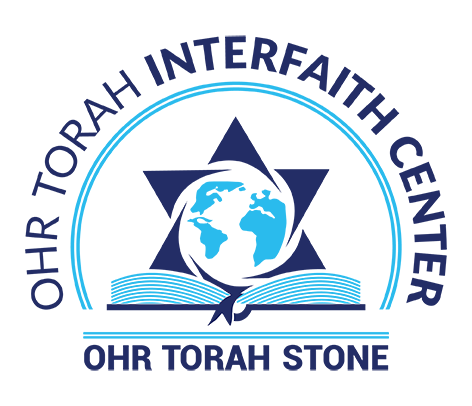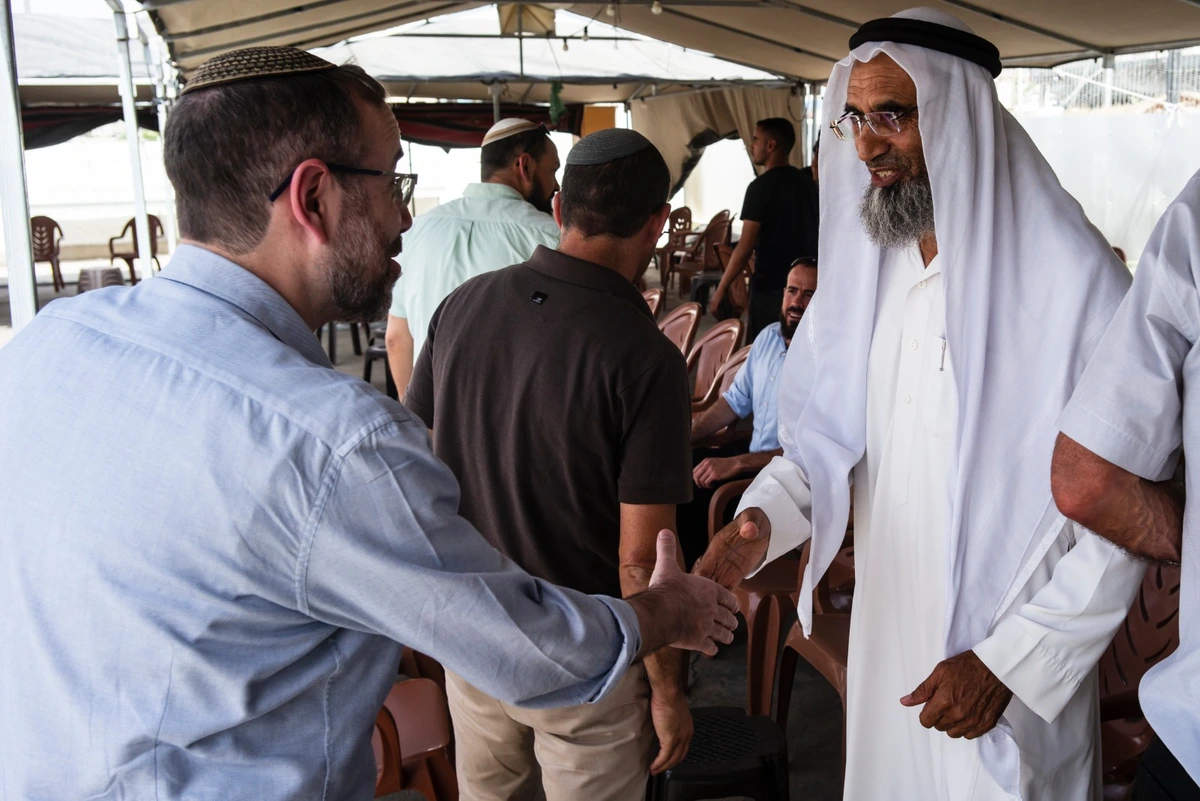
Credit: Alexander Khanin (used with permission)
Tragically, Jerusalem, designated by the Bible as the city of peace, has throughout the ages been the site of religious strife. It was therefore so moving that in Jerusalem this week was held an event entitled “Religious Leaders Unite for Peace”. The event was a follow up to the “Congress of Leaders of World and Traditional Religions” held in Kazakhstan, a predominantly Muslim country. The speakers, Jewish, Muslim, Christian, Druze and Bahai, spoke with warmth, humility, self-criticism and acknowledgment of the challenges in the long path awaiting those who strive to bring the blessings of peace to the world. I enclose my address to the conference:
Religion as a force for peace
A great challenge in these troubled times is for each of our religions to be force to bring peace and healing to our broken world. We certainly know that this isn’t always the case, that too often religion is manipulated and becomes a source of conflict. But it is exactly because religion is part of the problem in the conflicts that have brought so much suffering to the people in our region, that it must be part of the solution.
When is religion part of the problem? If one believes that the other is following a false religion, is rejected by God, our religious identities will set us against each other. But if one believes with their head and their heart that the God in whom I believe, pray to, love and loves me, is the same God that the other serves and loves, this belief will connect us to one another.
As religious leaders this is the truth we must teach throughout our communities. In three words – “connection before correction”. Let our deep identities connect us to one another, and once connected, together we will find the way to build a future that has a place for all.”
Just as religion is a force for peace when it teaches about our shared God, it is a force for peace when it teaches about our shared humanity. The Talmud asks why God created all of humanity from one ancestor? One answer it gives is for there to be peace between us. If we have the same father and mother, we are all brothers and sisters, we have a shared humanity.
A second answer, which appears both in the Talmud and in the Quran, in Sura Al Maida, is in order to teach the value of human life. Once the entire world was just one person, so each person is a whole world and his or her life is priceless.
Religion teaches about our relationship with God, religion teaches about our relationship with one another. A great foundation to sustain and nourish the world is to bond these teachings: To realize that the holy is found not only on the vertical axis to heaven, but also on the horizontal axis to the other. In the words of the Holy Zohar – there is no healing for the world until people gaze face to face.

Credit: Alexander Khanin (used with permission)
This truth, forging the human and divine, emerges in the teaching of the Talmudic sage Rabbi Akiva that the cardinal rule of the Torah is “Love your neighbor as yourself”, which is because “beloved is humanity who are made in the image of God”.
Let me conclude on a personal note. Last summer I barely survived a major brain hemorrhage. When I recovered I was deeply moved to learn that Jews, Christians, Muslims, Druze and Bahai throughout the world prayed for my recovery. To me, it was a small but significant fulfillment of the biblical vision telling of a future in which humanity “will all call together in the name of God” (Tzephania 3:9)
Ultimately, our religions are different but our God is one, and we share our common humanity. May we all draw closer to God by drawing closer to each other, truly fulfilling the will of divine.


